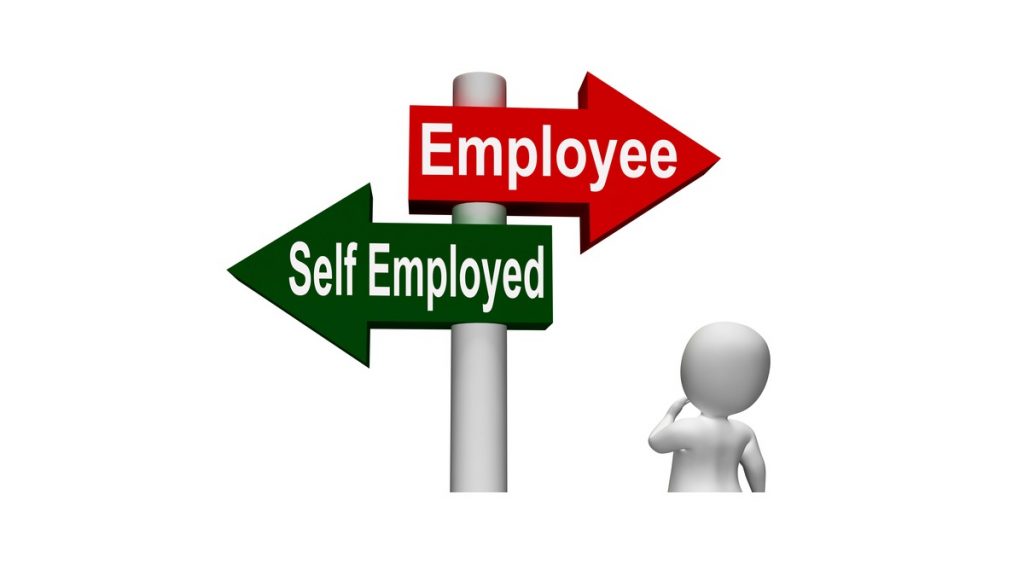Competence is a word that crops up time and time again in safety guidance and legislation, but what does competence mean for health and safety?
The Oxford English Dictionary has the following definition:
Competence – the ability to do something successfully or efficiently.
Oxford English Dictionary
But the Health and Safety Executive (HSE) takes this definition one step further, and says that:
Competence is the combination of training, skills, experience, and knowledge that a person has and their ability to apply them to perform a task safely.
Health and Safety Executive
Employers have a duty under health and safety legislation to ensure the competence of their employees by providing information, instruction, training, and supervision. This means for both general health and safety matters (such as emergency plans, how to report an accident, general workplace hazards and their controls, etc.) and more specific job or task based matters that allow your employees to go about their work safely.
How do you make sure your employees have the right level of competence?

What level of competence your people need, and how you ensure they meet the requirements will depend on the nature of your business and what specific risks people will be exposed to. A simple five-step process will help you set your competency standards and implement them in your organisation.
-
Establish your requirements – identify the competencies needed for the different job roles and specific tasks in your organisation, these are your competency models.
-
Evaluate your current position – compare your people’s existing competencies, levels of training and experience against your competency models. Identify where any gaps exist and decide what to do to fill those gaps. For example, you might need to send people on formal training courses, give them an increased level of supervision, or carry out some on-the-job training.
-
Implement your plans – make sure everyone in your organisation is aware of your competency models and it is easy to see who has attained which levels of competence. Supervisors and Managers must know who is competent to do what job so that when work is allocated they can ensure that it does not exceed peoples abilities to carry out that work. Remember to include correct level of supervision based on the risks, level of competence required, the experience of the person carrying out the work and if the person is working as part of a team or on their own.
-
Carry out training – where you have identified a gap against the competency model, carry out training and development to get your people to the level of competence they need. You must also carry out any refresher training where needed. Maintain training records for both formal training and on-the-job training.
- Review competencies periodically – periodically review your competency model and how it is applied to make sure it still reflects the needs of your organisation. Monitor competence across your organisation both proactively, through performance reviews and safety inspections, and reactively by looking at near miss and accident reports. Use the information gathered to go back to Step 1 and go through the cycle again.
Competence and Training

Sending somebody on a training course does not automatically make them competent in that area of work.
To illustrate this point, think about learning to drive. You spend hours (and a small fortune) with an instructor learning how to drive, then you take a test with a person who has never met you before who decides on the basis of a relatively short test whether you have enough expertise and knowledge to pass the test. If you are lucky enough to walk out the test centre with a pass does that make you a competent driver?
In this scenario you have demonstrated that you no longer need supervision, and you have received enough instruction and training to get a base level of competency. But we all know that the first few months and years of driving are the most risky – there’s a reason insurance premiums are more expensive for new drivers. Over time we develop our driving skills and gain more experience and knowledge that reinforces the training we have had and increases our driving competency. At what point we become a competent driver and maintain that competency is a whole other debate!
Training forms the foundation of competence, whether formal qualifications, on-the-job-training, or a combination of both. To reach the level of competency needed, training must always be followed up with the chance to put what we have learned in to practice so that we gain experience and develop our skills.
Don’t forget to check out any training providers that you use to make sure they meet your needs
What about competence for Self-Employed workers?

If you are a self-employed person working solely in your own business then you are responsible for developing and maintaining your own competencies.
You should be able to demonstrate those competencies to your clients, for example through training course certificates, examples of work done, testimonials from previous clients.
It gets a little more complicated if you are a self-employed person working directly under the control of another organisation. If you have people working in your organisation who are not your direct employees but in practise are working under your control, then for Health and Safety purposes you need to treat those people as if they were employed by you. That means you need to ensure their competence by providing suitable information, instruction, training, and supervision to allow them to carry out their roles in a safe way.
Do we need to check the competence of Contractors we engage?

In short – Yes.
When engaging a Contractor, you need to check their competencies during the tender process. You need satisfy yourself that they have the necessary skills, knowledge, and experience to complete the tasks you have asked them to do. How you do that depends on the tasks you have engaged the contractor to undertake. You might ask for referrals, copies of training certificates, details of similar work they have undertaken, copies of their risk assessments and working practices. The level of detail you need to go into should be determined by the risk profile of with work to be done.
You also need to provide you contractors with suitable information and instruction to allow them to work safely while working for you. That might mean carrying out an induction at your work premises, sharing your risk assessments and details of working practises and reviewing their risk assessments and method statements.
What about the competence of the person you rely on for Health and Safety support?

It is a requirement of the Health and Safety at Work Act that every business shall have access to competent health and safety support.
Your Competent Person can be appointed from your own staff or an external appointee like your friendly Health and Safety Consultant. Whoever you appoint, you need to make sure that they have the right mix of skills, training and knowledge to be able to provide sound advice and support for your business. Again, formal qualifications alone will not be enough to ensure competence, you need to make sure your Competent Person has the right experience and access to your organisation to be able to advise you fully.
For Health and Safety practitioners, one way to assure yourself of their competency to check if they are a member of the International Institute of Risk Safety Management (IIRSM) or the Institution of Occupational Safety and Health (IOSH).
If you found this useful, then sign up to my newsletter to read more articles about how to meet with health and safety requirements in your organisation, and to get updates and hints and tips from the world of health and safety.
Want to get in touch?

